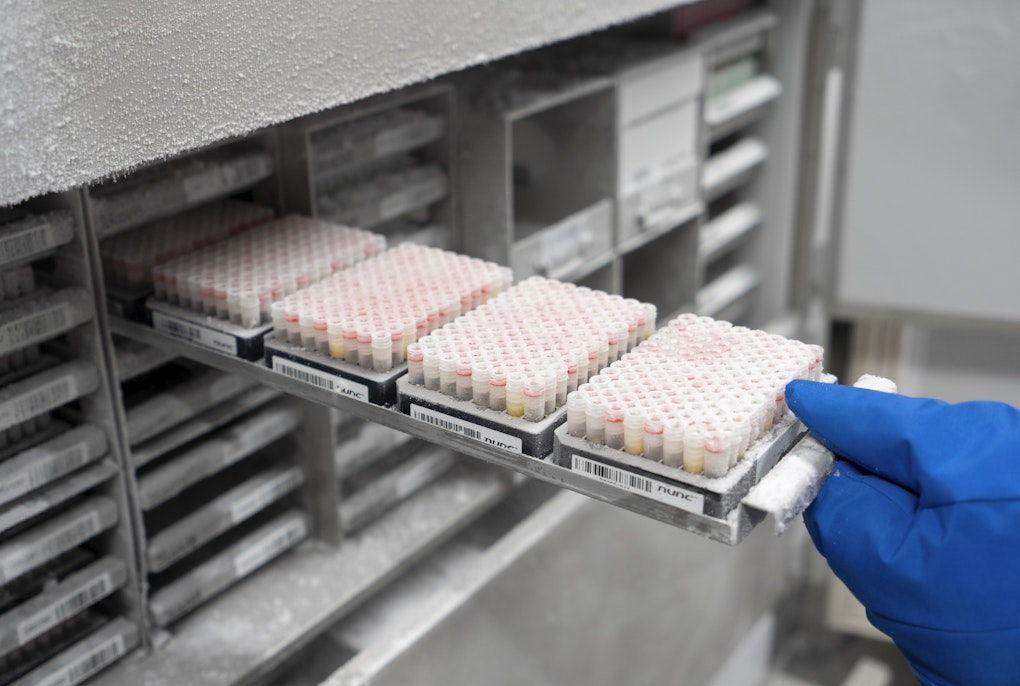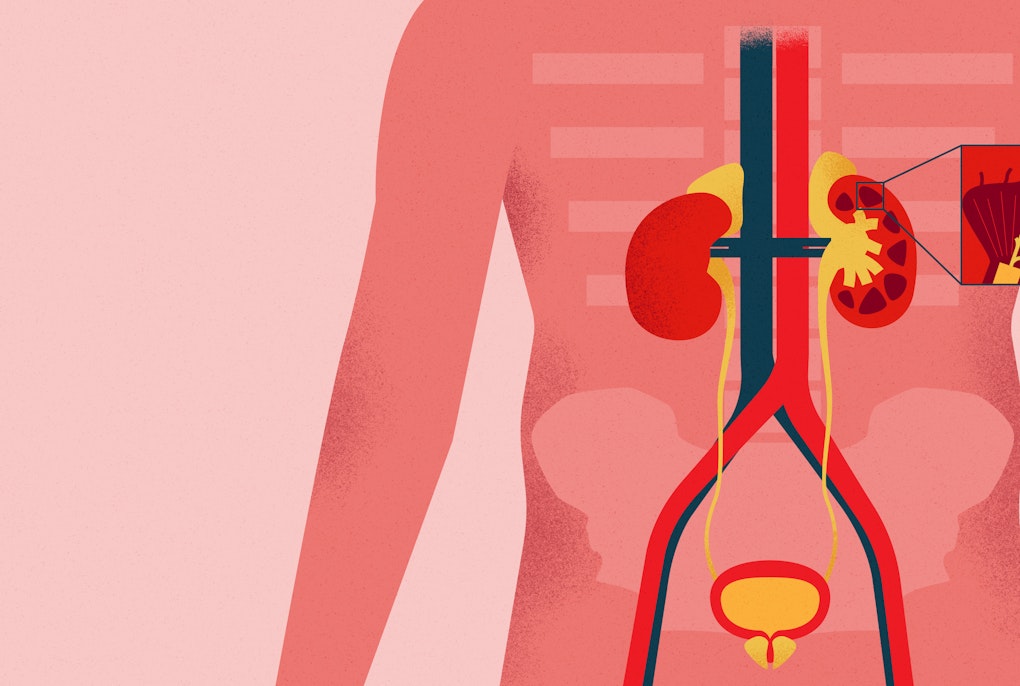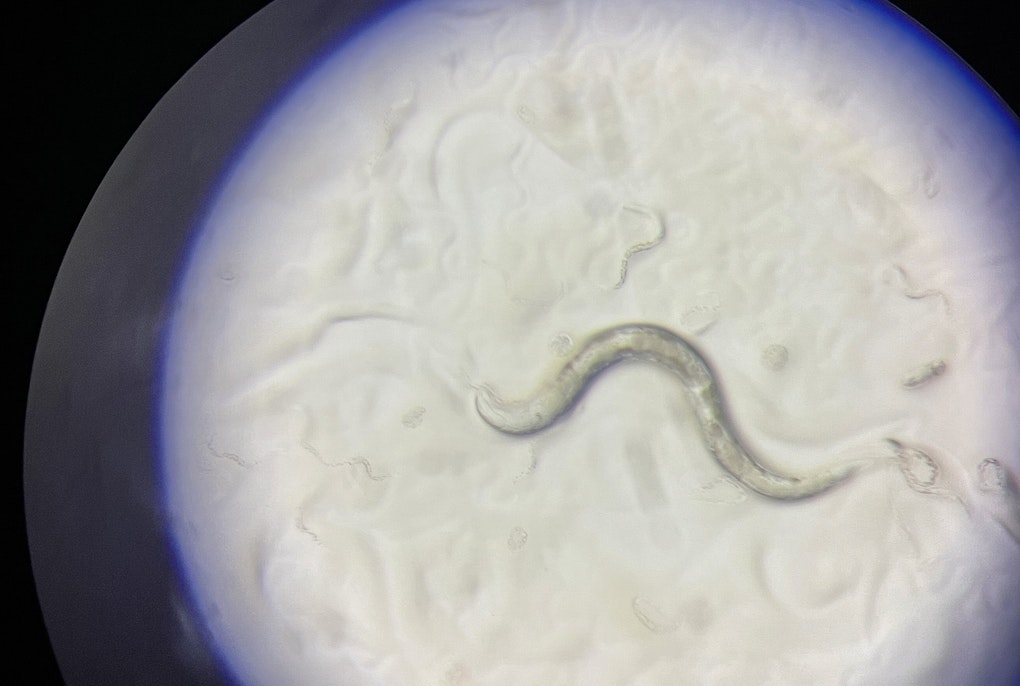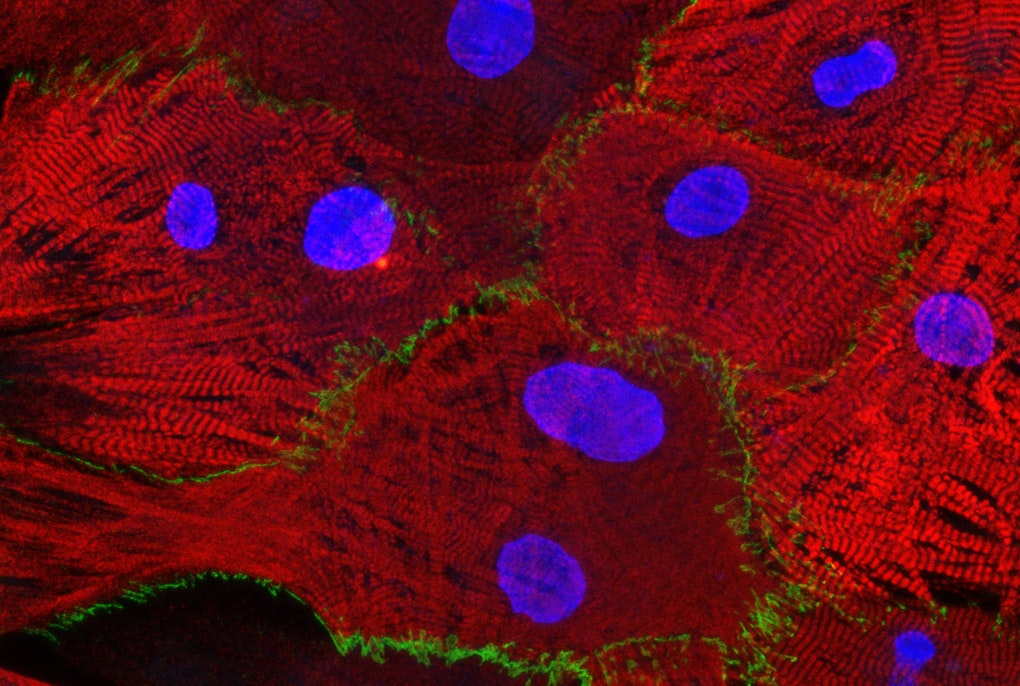Arrhythmogenic cardiomyopathy is a genetic heart disease which affects one in 7,000 people. However, in some regions such as the northeast of Italy, the disease has been known to affect up to one person in 2,000.
Classified as a rare disease, it is better known than other rare diseases due to its occasional yet alarming first symptom: sudden death. Even young athletes have been known to be affected by it. The hearts of those impacted become progressively suffocated by accumulations of fat and fibrous tissue resulting in varying degrees of debilitating forms of heart failure. In more severe cases this can even cause sudden and fatal malignant arrhythmias.
"At Eurac Research, we started working on arrhythmogenic cardiomyopathy in 2015, building on previous research by colleagues at the Monzino Cardiology Center in Milan," explains biologist Alessandra Rossini who leads the cardiovascular research group. "Thanks to a long series of experiments in our laboratories, we have studied what causes severe structural damage in the hearts of sick people in more and more detail. After several intermediate steps we have now come to understand that by using the molecule MB-3 to inhibit the enzyme GCN5, that is, to limit its activity, we can reduce the formation of fat accumulation in cells called cardiac fibroblasts. Now, further studies will be needed to understand whether this molecule works not only on isolated cells, but on patients with the disease."
 technical documentation
technical documentation



